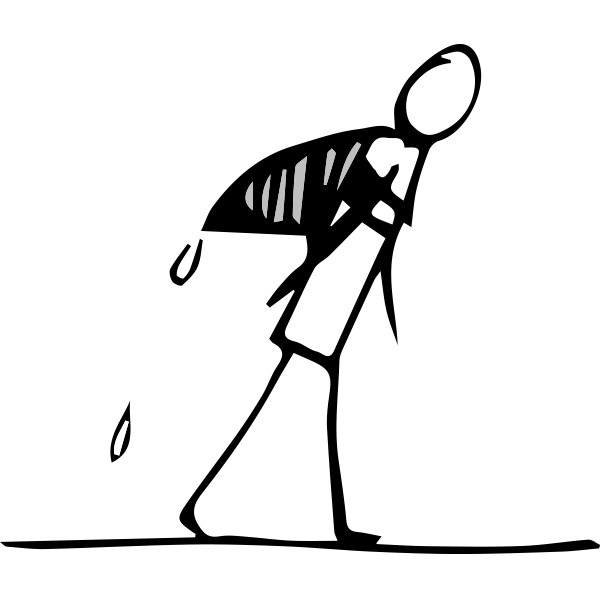Designing Restoration
Protecting and Restoring Our Attention Through Participatory Design
Abstract
We live in an attention economy where many of our interactions are mediated by technologies incentivized to exploit our attention. The consequences of this exploitation, so far as they are known, affect how we spend our time, and also our capacity for reflection and self-awareness, which can have lasting effects across our life and relationships. This dissertation looks to attention restoration theory (ART) and participatory design (PD) for help in addressing the harms of the attention economy. ART is an empirically validated theory that addresses how attention can be depleted and also restored. PD gives us an experiential and democratic framing for helping people have a say in the technology that affects their lives. In three qualitative research studies across two populations of co-designers—undergraduates (n=86) and library workers (n=38)—ART and PD were used to explore and understand the effects of designing for restoration.
In the first study, students in an undergraduate design methods course found the work of designing restorative environments personally restorative. It helped them connect with one another, be more self-aware, slow down and notice the world around them, see their campus with new eyes, and, in some cases, use technology differently. In the second study, undergraduate students describe how the class, itself, restored them. They describe a generous classroom culture that foregrounded their humanity and modeled care. In the third study, library workers used the design curricula and findings from the first two studies to co-create a set of library-specific tools for engaging the restorative potential of their libraries. These tools— a guidebook, set of design activity cards, and companion website—are available at restorativelibrary.org.
Across these studies, this dissertation provides insights for addressing the resignation we can feel at the end of an hour, or day, lost to technology. It stretches the idea of what a “restorative environment” can be and shows that what we make when we design from a place of wholeness has the potential to change us as individuals and as a collective.
DOWNLOAD
RESULTS
I presented and passed (!) this dissertation on December 5, 2022 to an audience of Zoom attendees and my supervisory committee: David Levy, Dave Hendry, Cheryl Metoyer, and Jennifer Turns. I welcome your comments or questions at tench@uw.edu.



